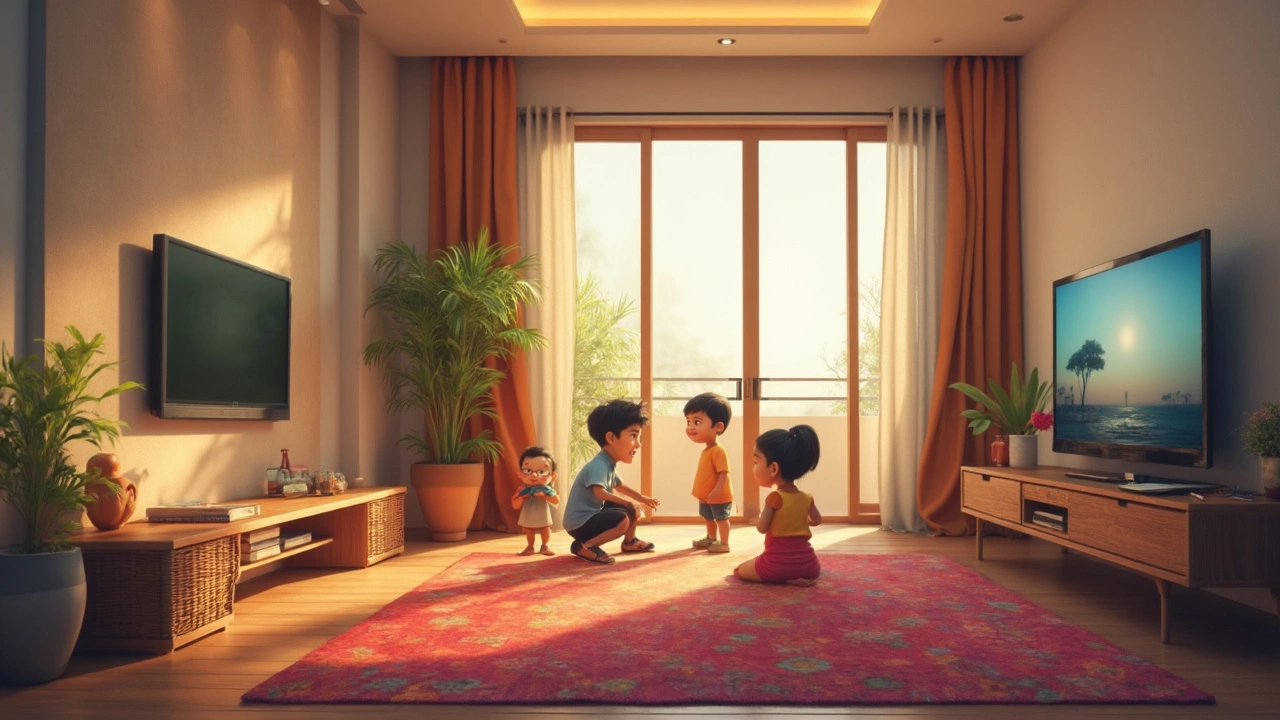Wall‑Mounted TV: Quick Steps to a Safe, Stylish Setup
Thinking about putting your TV on the wall? It can free up floor space, look sleek, and make movie night more comfortable. The key is to plan ahead, pick the right hardware, and follow a few safety basics.
Choosing the Right TV Wall Mount
First, check your TV’s weight and VESA pattern – the holes on the back where the mount attaches. Most modern screens list this info in the manual or online. Pick a mount that matches or exceeds those specs. If you have a large screen (65‑inch or bigger), go for a heavy‑duty tilting or full‑motion bracket. Smaller TVs (under 55‑inch) can use a simple fixed mount.
Next, locate the studs in your wall. A stud finder will help you find the wooden studs behind drywall. Mount the bracket to at least two studs for maximum support. If you can’t hit a stud, use toggle bolts designed for drywall, but expect a lower weight limit.
Don’t forget about cable management. Some mounts have built‑in channels to hide power cords and HDMI cables. Running the wires through the wall gives a cleaner look, but you’ll need a professional if you’re not comfortable with electrical work.
Setting the Ideal Height and Safety Tips
Eye level is the sweet spot for viewing. Sit on your couch and measure from the floor to your eyes, then aim for the TV’s center to be about that height. For a 55‑inch TV, the ideal center is roughly 42‑48 inches from the floor, but adjust based on your seating and room layout.
When you mount the TV, use a second pair of hands or a sturdy lift. A small misalignment can strain the mount or damage the screen. Double‑check that the bracket is level before tightening the bolts fully.
Safety matters. Make sure the mount’s weight rating covers your TV plus any extra hardware. Avoid mounting on plaster or brick without proper anchors. If you have kids or pets that might tug on cords, use retractable cable covers or keep the cords out of reach.
If you already own a TV stand, ask yourself whether it can be wall‑mounted. Most stand‑only designs lack the reinforced backplate needed for a wall mount, so you’ll likely need a dedicated wall bracket. Some hybrid units combine a low‑profile stand with wall‑mount capabilities – look for the term “wall‑mountable TV stand” in the product description.
After you’ve installed the mount, give everything a quick shake to make sure it’s secure. Then, attach the TV, connect the cables, and enjoy the new look. You’ll notice more floor space for a coffee table, rug, or decor, and the viewing angle will feel more natural.
In short, pick a mount that fits your TV’s size and weight, find sturdy studs, set the screen at eye level, and double‑check all connections. Follow these steps and you’ll have a wall‑mounted TV that looks great and stays safe for years to come.
TVs on a Wall or Stand: Which Looks Best and Why?
Trying to decide if your TV should hang on the wall or sit on a stand? This article digs into the real pros and cons of both setups. You’ll find practical info on style, cord management, safety, and how each choice affects your living space. The goal? Help you choose what actually works for your home and looks sharp. Perfect for anyone wanting their TV area to be both stylish and functional.





